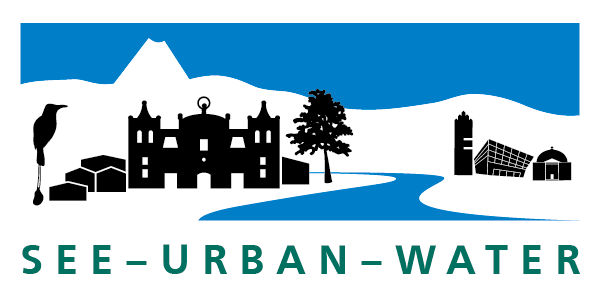Functioning ecosystems and the services they provide form the basis for sustainable societal development. However, the performance of ecosystems is being affected by numerous anthropogenic factors, such as: climate change, biodiversity loss, land-use changes, and urbanization. Urbanization, as a complex societal action, has a particularly pronounced impact on the natural water and energy balance, both in the urban space itself as well as in the surrounding city and natural environments. Urban societies are heavily dependent on functioning ecosystems, which are intertwined with their technical infrastructures. Water plays a crucial role here in the maintenance of this complex relationship. It represents a vital energy resource and pollutant sink for societies, while also serving as a habitat and environmental medium in nature. Without clean and sufficient water, the functionality of important ecosystems is put at risks. The work of the junior research group SEE-URBAN-WATER focuses on the interaction of technical infrastructure systems and urban ecosystems.
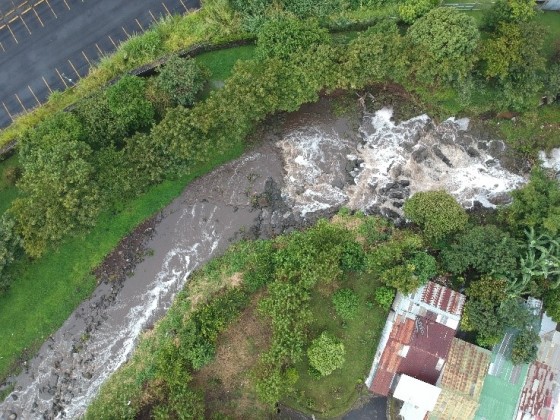

 ©
SEE-URBAN-WATER
©
SEE-URBAN-WATER
More specifically, the improvement of already develop (urbanized) areas through “retrofitted” Nature-based Solutions is considered. The general and overreaching research question in this context is:
How can urban areas, green spaces and water bodies in cities be sustainably designed and managed with the aim of improving the quality of life while protecting biodiversity and ecosystem services?
The following research questions are addressed inter- and transdisciplinarily based on case studies in Nicaragua and Costa Rica:
- How do urban drainage systems interact with the natural water cycle and ecosystems connected by river systems?
- Is urban drainage and wastewater disposal with a targeted use of ecosystem functions (Nature-based Solutions in form of Urban Green Infrastructure) technically possible?
- How and in what ways can a co-design of urban space with the inclusion of Urban Green Infrastructures be achieved?
- What political-institutional changes does a transition from traditional urban drainage concepts to Nature-based Solutions imply?
Research approach
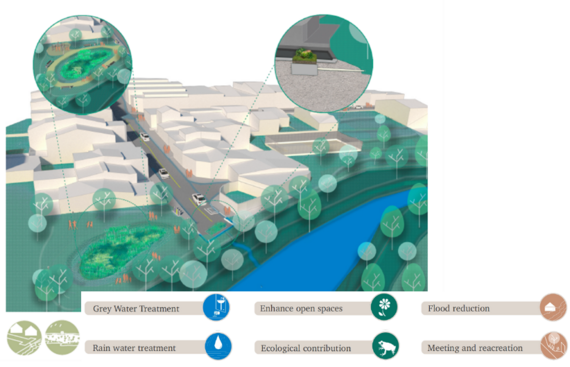
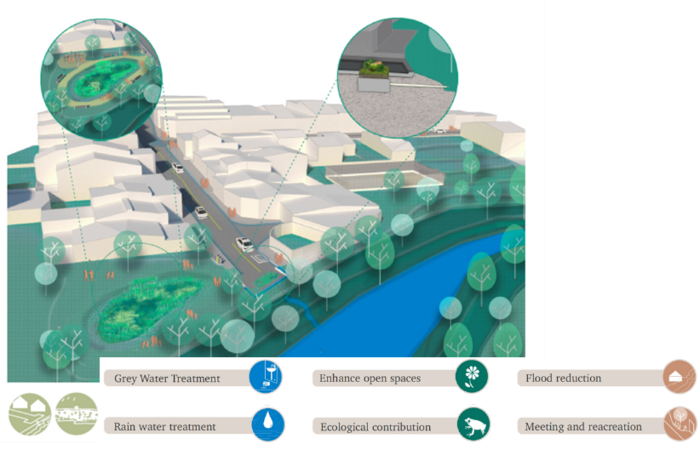
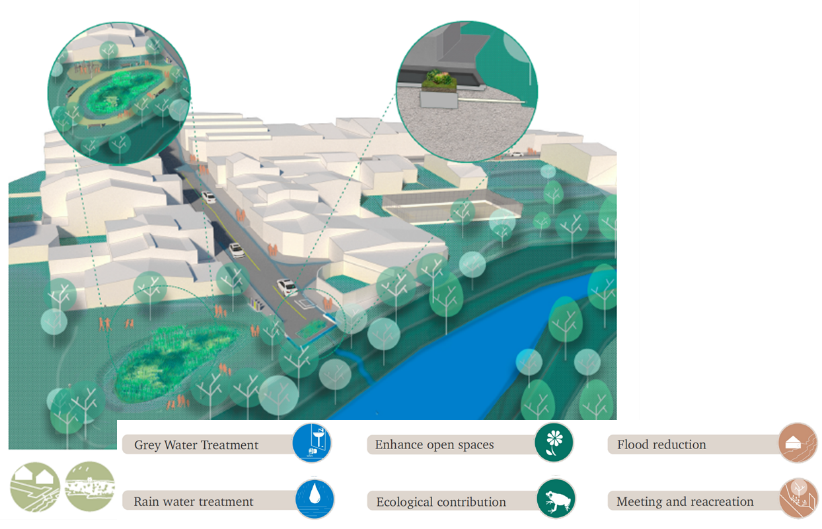 ©
SEE-URBAN-WATER
©
SEE-URBAN-WATER
To answer these questions co-designed prototypes, alternative uses of public space to include Urban Green Infrastructures, political instruments and socio-economic incentives will be tested in a representative neighborhood – the project’s Real-world Lab. The insights from this empirical testing and experimentation will be used to analyze the reproducibility of these measures at an inter-municipal watershed level. In the end, the principal results will be recommendations and proposals for strategies to promote the watershed-wide implementation of Multifunctional Urban Green Infrastructures based on empirically proven technical designs, co-design strategies, political instruments and socio-economic incentives.
In the SEE-URBAN-WATER project context, the multi-functionality of Urban Green Infrastructures is achieved by the integration of three principle functional dimensions
1. A hydrological dimension:
Reestablishment of a more natural urban water balance in quantitative (reduction and retention/detention of surface runoff, increase of infiltration and evapotranspiration) and qualitative terms (treatment of greywater and contaminated surface runoff, sediment control)
2. A socio-economic dimension:
Increase the accessibility of green spaces and waters to the benefit of the population (equitable, safe, recreational, educative and affordable access to public (green) space). Delivery of ecosystem services provided by Urban Green Infrastructure.
3. An ecological dimension:
Increase the connectivity of natural and semi-natural green spaces and waters to the benefit of biodiversity (building a green urban network of higher ecological value).
Objectives and expected results
The overall project objective is to develop the basis for a sustainable social-ecological transformation process by developing and testing nature-based urban drainage and wastewater treatment infrastructures. In particular, the integration of application knowledge across technological, ecological, and socio-economic measures is intended to initiate a process of co-designing such a transformation with the society. The expected results can be used for the improvement of public services such as urban drainage, wastewater treatment, water protection, and disaster control. The knowledge generated by this project should also prove useful to and for city administrators, water supply and sanitation companies, government officials for environment and health offices, the management of the river basis, as well as for other regions and public institutions
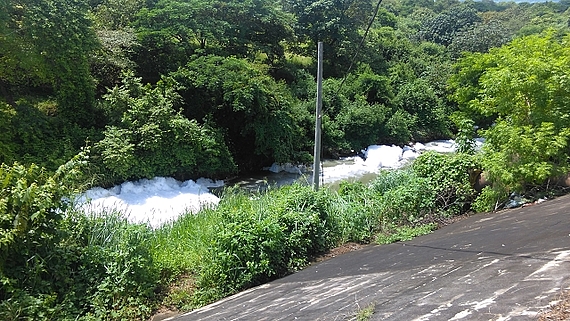
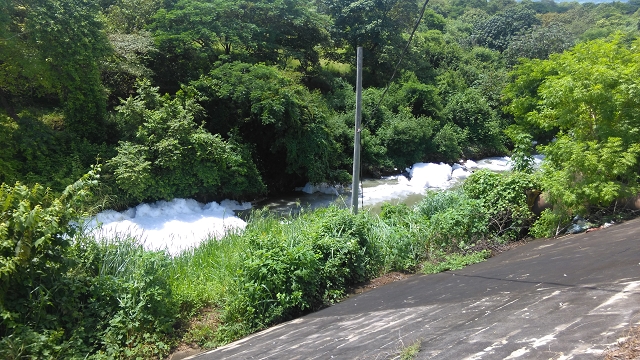
 ©
SEE-URBAN-WATER
©
SEE-URBAN-WATER
